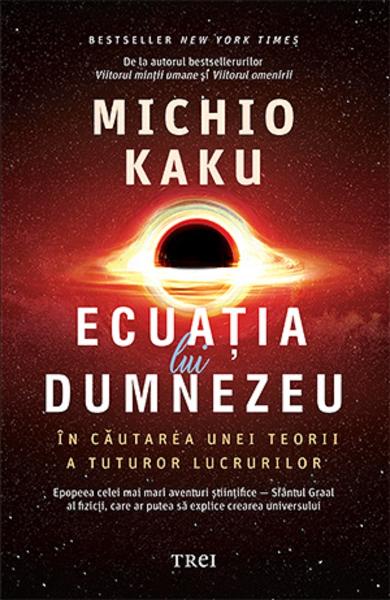What do you think?
Rate this book


208 pages, Paperback
First published April 6, 2021
“A mathematician’s patterns, like the painter’s or the poet’s, must be beautiful; the ideas, like the colors or the words, must fit together in a harmonious way. Beauty is the first test; there is no permanent place in the world for ugly mathematics.”
“Ultimately, all the wonders of modern technology owe their origin to the scientists who gradually discovered the fundamental forces of the world.”Except of course for the very unscientific steam engineers of the 18th century and the almost anti-scientific Edison and Bell for example. Then there is Kaku’s admiration for the Ancient Greek philosophers. Kaku apparently believes that inquiry about the natural world ended with the death of Aristotle:
“Darkness spread over the Western world, and scientific inquiry was largely replaced by belief in superstition, magic, and sorcery.”Thus ignoring both the Greek superstitions and the rather impressive Roman projects in civil engineering as well as scientific astronomy, mathematics, and geography. Kaku then goes on to describe an idealised scientific enterprise free of nasty unscientific concerns:
“Isaac Newton is perhaps the greatest scientist who ever lived. In a world obsessed with witchcraft and sorcery, he dared to write down the universal laws of the heavens and apply a new mathematics he invented to study forces, called the calculus.”Kaku’s hagiography of Newton is not only trivial but misleading. Newton was also a leading alchemist of his day, and spent more time investigating magic, prophecy and the secrets of the occult than he did on mathematical physics. Kaku goes on to subtly suggest that his choice of symmetry is really only ‘natural’:
“… that is why the Earth is spherical, rather than another shape: because gravity compressed the Earth uniformly.”But the Earth is not spherical, it is an irregularly shaped ellipsoid whose shape changes continuously. And one final example of Kaku’s pattern of cutting to fit, his fatuous claim that
“… the existence of Newton’s gravitational forces was confirmed by subsequent observation.”Subsequent observations did no such thing. Observers presumed there were forces and then showed they could be described in the way Newton had formulated. As we know now, gravitational forces simply don’t exist as Newton conceived them.
"El universo es una sinfonía. Y la mente de Dios, de la que Einstein escribió de manera tan elocuente, es música cósmica que resuena por todo el espacio-tiempo"
"Una nueva verdad científica no triunfa convenciendo a sus oponentes y haciendo que vean la luz, sino que sus oponentes terminan por morirse, y crece una nueva generación que está familiarizada con ella"
"De esta manera, la gravedad cuántica, en lugar de ser un ejercicio matemático en el espacio-tiempo de once dimensiones, se convierte en un bote salvavidas cósmico interdimensional que permite a la vida inteligente eludir la segunda ley de la termodinámica y huir hacia un universo mucho más cálido.
Así, la teoría del todo es algo más que un bello constructo matemático: podría llegar a ser nuestra única salvación"
for example, if the nuclear force were a bit weaker, the sun would never have ignited, and the solar system would be dark. If the strong nuclear force were a bit stronger, then the sun would have burned out billions of years ago […] Similarly, if gravity were a bit weaker, perhaps the Big Bang would have ended in a Big Freeze, with a dead, cold expanding universe. If gravity were a bit stronger, we might have ended in a Big Crunch, and all life would have been burned to death […] So the universe is one gigantic crapshoot, and we won the roll. But according to the multiverse theory, it means we coexist with a vast number of dead universes.
When we walk down the street, our shadow follows us and moves like us, except the shadow exists in two dimensions. Likewise, perhaps we are shadows moving in three dimensions, but our real selves are moving in ten or eleven dimensions.